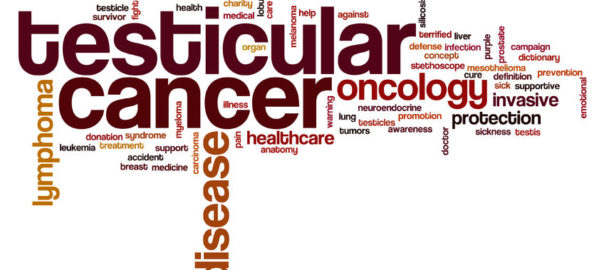Twins with Testicular Cancer Receive Stem Cell Treatment

Twenty-four-year-old fraternal twins, Sean and Ryan Collard from the United Kingdom were diagnosed with testicular cancer within weeks of each other. The two are now raising awareness about the condition which affects young men.
Ryan was diagnosed first, and at the time, his mother asked experts whether his twin was at risk and needed to be tested. She was told the chances of a brother having the same malignancy were extremely slim.
Just three weeks later, Sean needed emergency treatment and was also diagnosed with the same condition.
Before they were diagnosed in September 2017, the twins were healthy and fit. Now, they are urging young men to be aware of symptoms, such as lumps in the testicles, that need to be brought to medical attention.
“First and foremost, we need to make people aware that this disease affects young men,” says Ryan. It’s not something that happens later in life, he adds. It’s important to think about it because the signs and symptoms of this type of cancer are not always obvious. “I know a checkup can be embarrassing,” says Sean, “but it could save your life.”
Last summer, Ryan collapsed a few times and was suspected to have a neurological condition. A battery of blood tests followed. Ryan was finally diagnosed with testicular cancer after he had been sent to three specialists by his general physician. He is now undergoing chemotherapy and stem cell treatment at a hospital in London, some 250 miles south of his home. His 51-year-old mother Lesley is supporting him.
Following Ryan’s diagnosis, Sean examined himself and found a swelling. The doctors told him he too needed a procedure. The family was initially distraught but is now learning to cope with the twin’s diagnosis. At a later date, genetic testing will determine if the family has a predisposition to testicular cancer.
In patients with testicular cancer, stem cell transplants allow doctors to give higher doses of chemotherapy. Weeks before the chemo, stem cells are collected from the patient and frozen. Following high-dose chemotherapy, the stem cells are given back to the patient. The procedure does not involve surgery. The stem cells are transplanted back into a vein, similar to a blood transfusion. Over the following weeks, these transplanted stem cells start making new blood cells in the bone marrow.
Meanwhile, the Collard twins plan to raise funds and highlight the symptoms men in the 15 to 45 age group should be aware of.
References:
- http://www.bbc.com/news/av/uk-england-tyne-43659860/twins-diagnosed-with-testicular-cancer-in-same-month
- http://www.dailymail.co.uk/wires/pa/article-5554925/Twins-diagnosed-testicular-cancer-20-days-apart.html
- https://www.cancer.org/cancer/testicular-cancer/treating/high-dose-chemo-stem-cell.html


